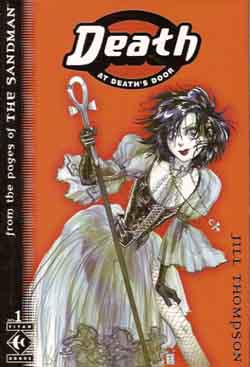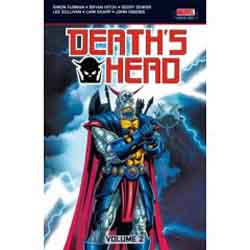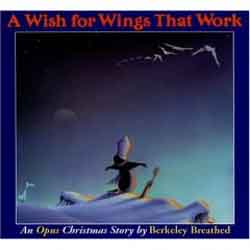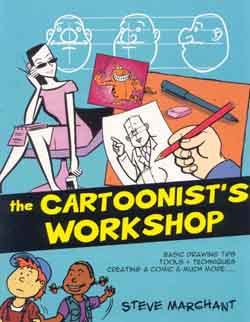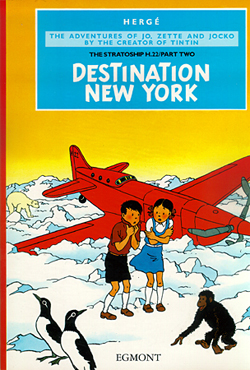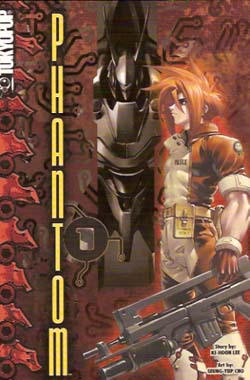Volume II of the collected Angry Youth Comix
 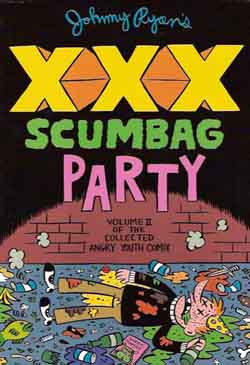
By Johnny Ryan (Fantagraphics Books)
ISBN: 978-1-56097-867-1
Graphic narrative and cartooning, despite our sometimes protestations of comprising a comparatively small pond, cover a vast range of genres, formats, disciplines and tastes. From Tintin or Raymond Brigg’s Snowman through the various escapist mainstreams to the edgy, unpredictable and even the downright shocking.
Johnny Ryan is a comedian who uses comics as his medium of expression. Whether in his own ‘Angry Youth Comix’, or the many commissions for such varied clients as Nickelodeon, Hustler, Vice, Arthur, National Geographic Kids and elsewhere, his job and mission is to make laughter. Depending on your point of view he is either a filth-obsessed pervert smut-monger or a social iconoclast using the same tactics as Lenny Bruce or Bill Hicks to assault the worst aspects of our society.
His wild, loose cartoon drawing style is deceptively engrossing, and his seeming pictorial Tourette’s Syndrome of strips and gags involving such grotesque signature characters as Boobs Pooter (world’s most disgusting stand-up comedian), Blecky Yuckerella, Loady McGee and Sinus O’Gynus will, frankly, appal many readers, but as with most questions of censorship in a Free Society, they are completely at liberty neither to buy nor read the stuff.
Gross, vulgar, shocking strips and panel gags about sex, defecation, farting, bodily functions, feminine hygiene, and even the ultimate modern taboos of religion, politics, race and child-abuse are the sole content of this volume collecting Angry Youth #6-10, plus material from Hotwire Comix & Capers Vol.1 and VICE Magazine. If you’re prudish, sensitive or concerned about moral standards – don’t buy and don’t read it.
If you aren’t any of those things and could stand a good, hearty laugh that might also make you think, then this is the dirty cartoon joke-book for you.
© 2007 Johnny Ryan. All Rights Reserved.

